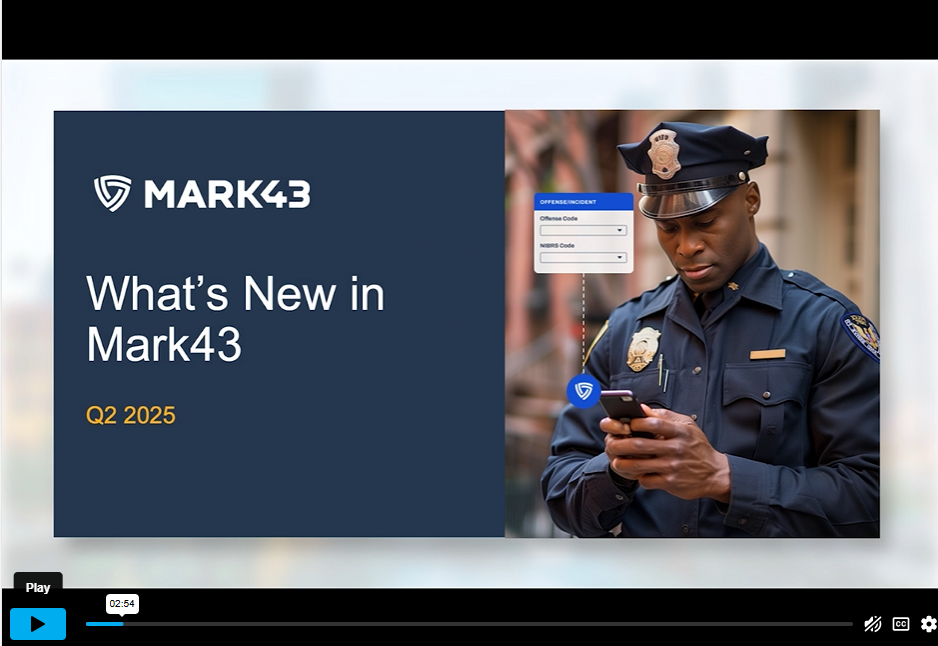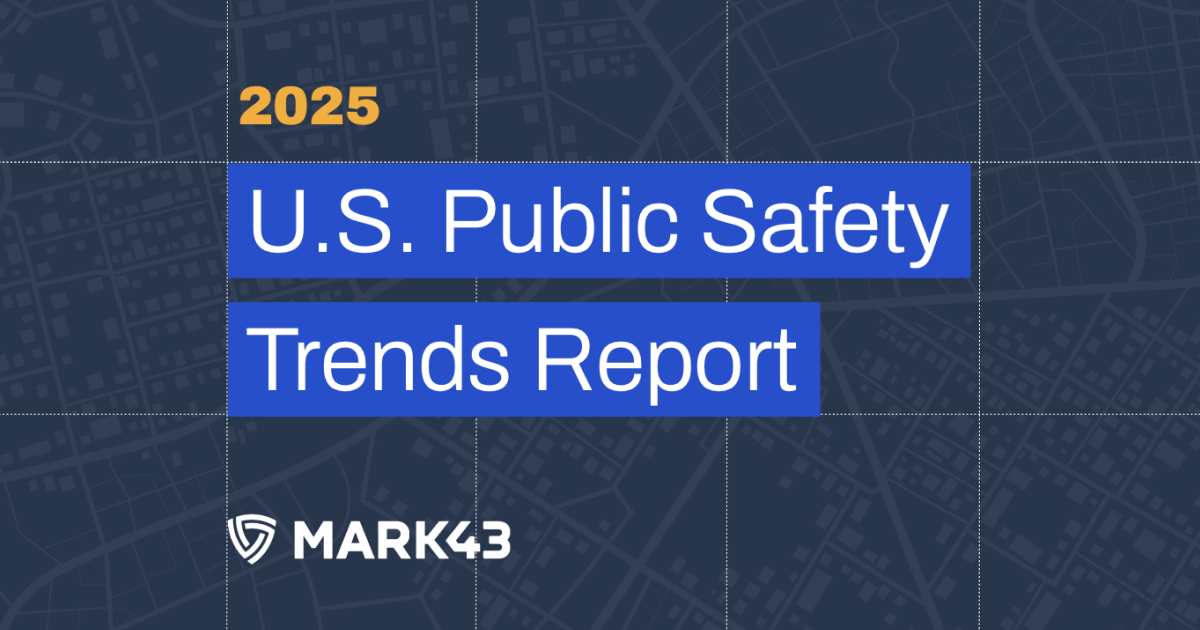
This article is one of a 5 part series on Planning for Change in Public Safety. To read the series, please start with the Introduction, Part 1, and Part 2.
What if?
Words that can lead directly to the enemy of any good project manager.
Project Creep.
Project creep is when seemingly small changes are made to the scope of a project. Individually, the changes may not seem that important, but they add up and can have a significant impact on the project’s scope affecting the timeline and taking valuable financial and personnel resources. What prevents project creep? Information, evaluation, and maintaining focus on the project goals.
In our example of implementing an RMS, our main goal is replacing the current functionality of completing incident reports through a new core application and the new workflows it provides. This is accomplished by gathering information through analysis. During the functionality and workflow analysis, other areas will be identified (or are probably already known) that need improvement as well. Perhaps there are card-based Field Interviews that could be moved to the computer or department forms that could be eliminated if that workflow or process were moved to the new application.
It is important to identify these areas where improvements can be made but maintaining project scope is paramount. Our primary goal (replacing/improving the Incident report functionality) must continue to be the focus. Evaluate other opportunities, but ask yourself these questions:
- Does this additional feature promote or detract from our primary goal? Only add items that will assist in or enhance the primary goal. For example, adding a few new Incident Report fields that are required, but not currently captured, assists in the Incident reporting process. Adding a new field contact workflow and forms does not.
- Will this additional feature affect the timeline? Work with your vendor to determine the impact the additional or expansion features may have on the project timeline. Again, the primary goal is the priority. Adding more or increased requirements means more personnel and development resources and lengthens the time required to complete the project. Minimize the impact to the timeline.
- Will this additional feature increase the project cost? Out of scope development can be costly, especially if the additions were not included in the vendor’s review and pricing for your project or RFP. Carefully evaluate the financial impact unless there are additional financial resources available.
It is important to recognize and document opportunities for expansion. Core software applications are always evolving, just like your data capture and data sharing needs evolve over time. Keep a list of additional requests and expanded functionality that can be revisited and addressed in the future. Keep seeking information regarding the acceptance, successes, and challenges that users are experiencing.
Agencies want to encourage acceptance of this new software application. They want their users to be excited and take advantage of new opportunities. They cannot, however, allow those opportunities to negatively affect their primary project goal. Keep a list. Keep in touch. Circle around and follow up after the initial project is complete.
Next, in our final series entry, we will review our decisions so far and how they affect all the phases of the project, including the last phase, “What Now?’







